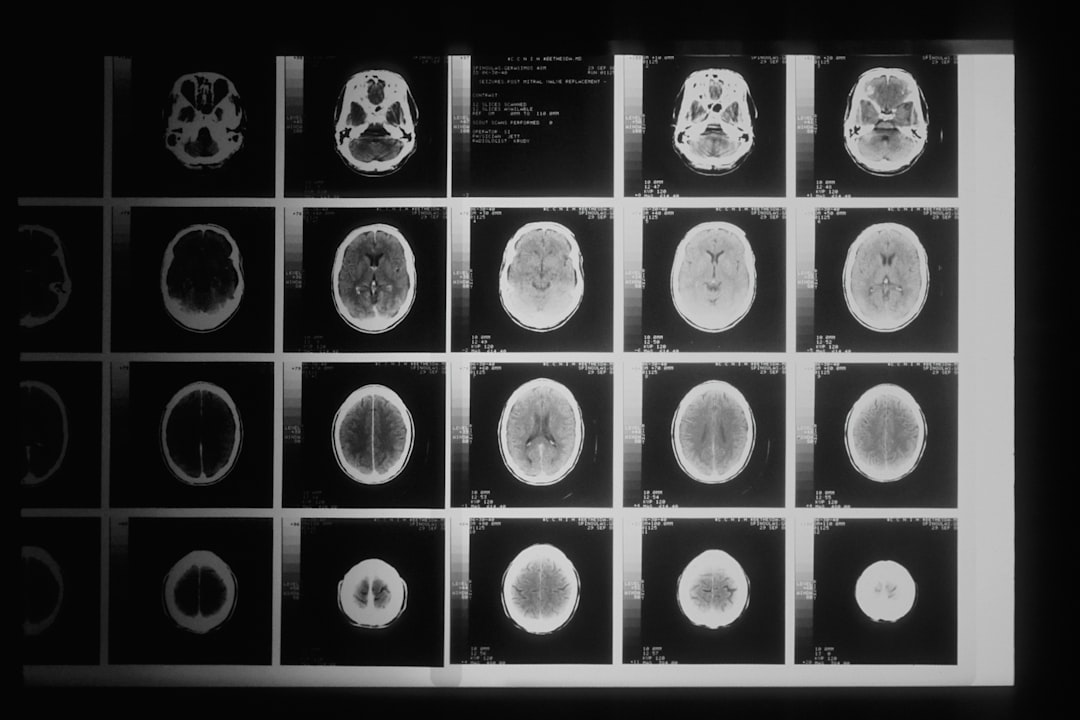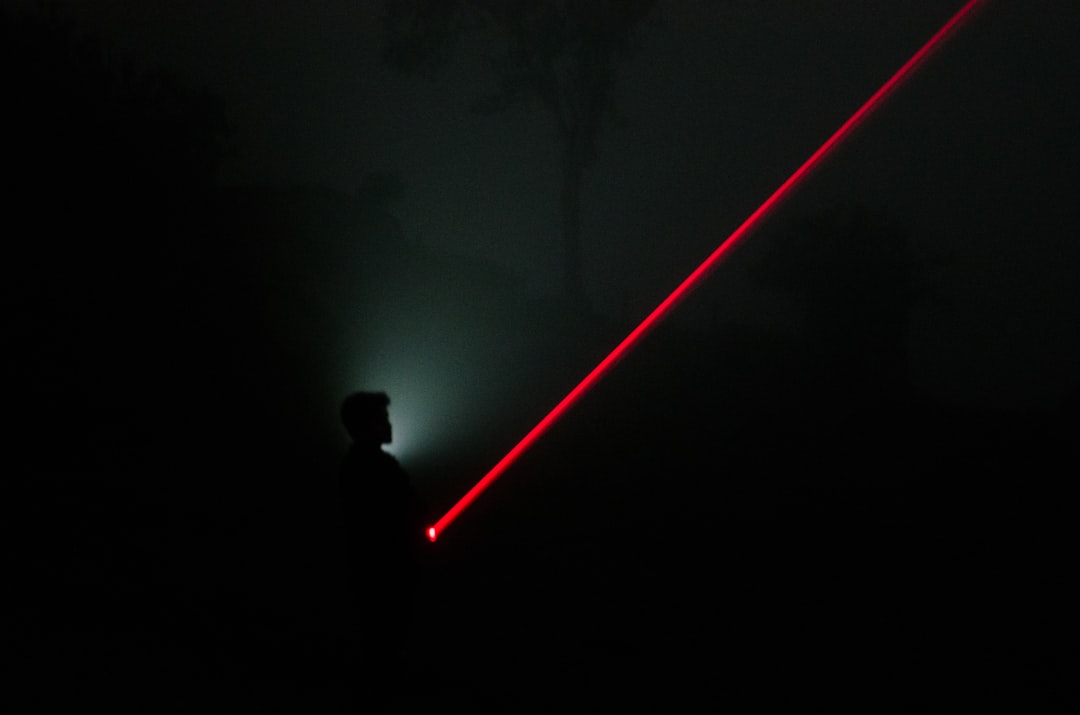What is it about?
How to measure 3D swirl flames efficiently and accurately is a hot topic in experimental fluid mechanics. It can help us further achieve environmentally friendly, efficient, and stable combustion in aircraft engines and gas turbines. It is well known that flames heat the air and contain chemical components different from air, thus causing local changes in the refractive index. The Tomographic Background Oriented Schlieren (TBOS) technique combines non-invasive optical methods and tomographic reconstruction techniques (similar to CT in medicine) to restore the refractive index gradient distribution in space, thereby measuring and visualizing the flame. Although TBOS has been used for flame measurement, it still faces great challenges for turbulent swirl flames with complex structures. Our research found that the number of cameras available for observation limits the quality of the measurement. Therefore, we explored the use of visual hull methods in the field of machine vision to solve this challenge. In addition, to improve the reconstruction quality, we proposed a full internal mask technique based on multi-scale wavelet analysis of the data (called the posterior support constraint method in the article). The results show that our technique further improves the reconstruction quality of the swirl flame. Even with high levels of noise in the experimental measurement, our technique is highly robust.
Featured Image

Photo by Anthony Rao on Unsplash
Why is it important?
Due to environmental regulations, today's research and development of aircraft engines and gas turbines pays great attention to reducing the emission of nitrogen oxides, the main pollutants of the atmosphere. Achieving ultra-lean premixed combustion is the main way to achieve this goal. However, this type of combustion is characterized by being susceptible to unstable properties. To address this issue, swirling flow designs are widely incorporated into lean premixed combustor to improve flame stability and shorten flame length. Our proposed method demonstrates a feasible way to effectively measure 3D swirling flames. The quantitative study of the experimental parameters provides a reference for further application of this method. Therefore, this study may help the development of a new generation of aircraft engines and gas turbines.
Perspectives
This article mainly focuses on the research of reconstruction technology, but in the process of research, we also found new problems faced when TBOS technology is actually applied to 3D flame measurement. For example, under the conditions of a real combustor, the window of optical measurement is very limited, which increases the difficulty of measurement. On the other hand, highly turbulent flow is also closely related to combustion stability, so it is necessary to achieve high-dynamic time-resolved measurement, but it also puts forward new requirements for instruments such as light sources and cameras. These problems will be the focus of our next research.
Jiawei Li
Beihang University
Read the Original
This page is a summary of: Three-dimensional diagnosis of lean premixed turbulent swirl flames using tomographic background oriented Schlieren, Physics of Fluids, May 2024, American Institute of Physics,
DOI: 10.1063/5.0209235.
You can read the full text:
Contributors
The following have contributed to this page










